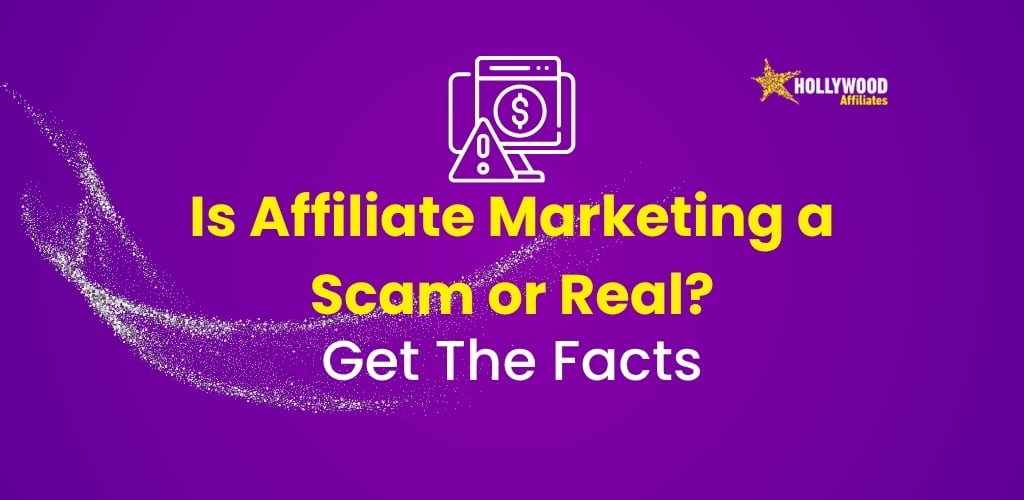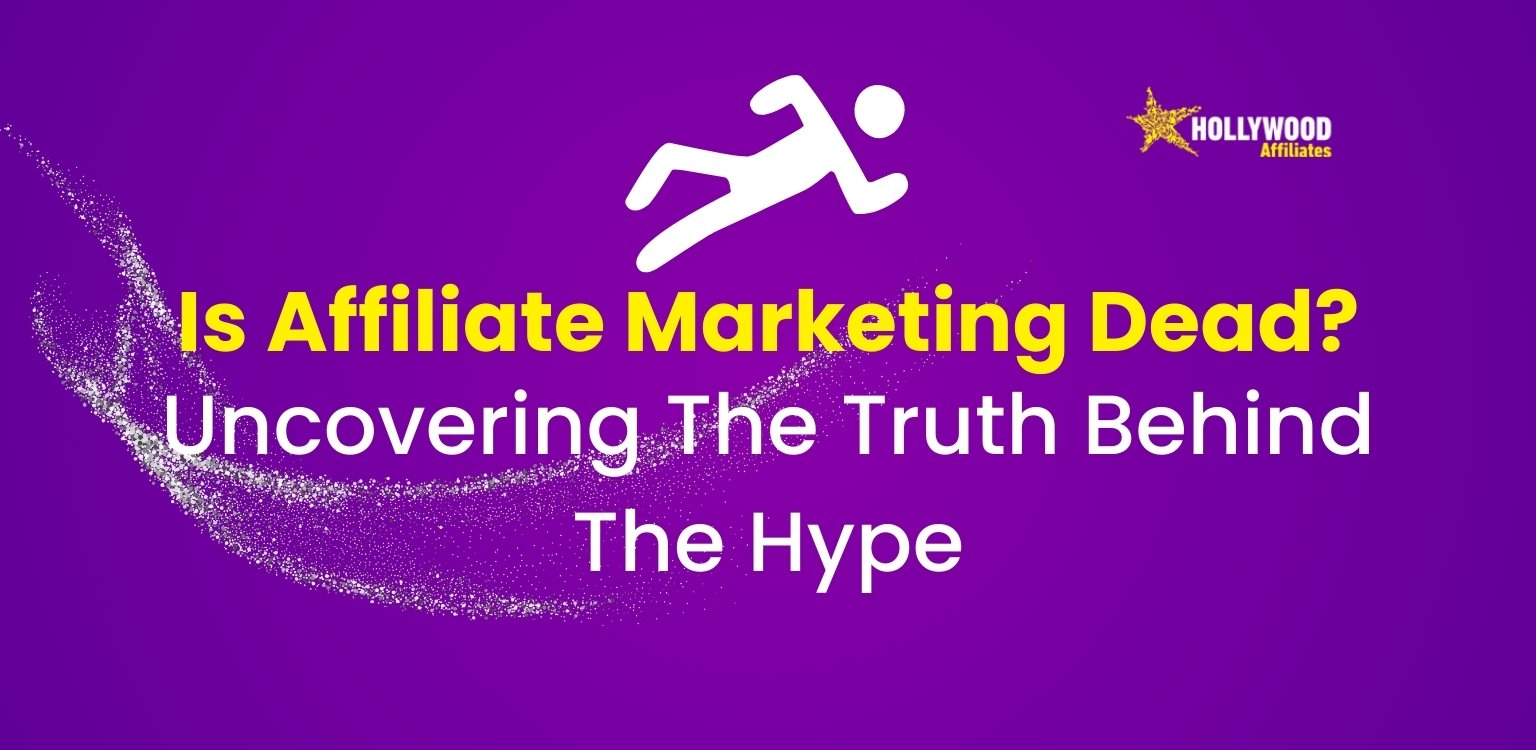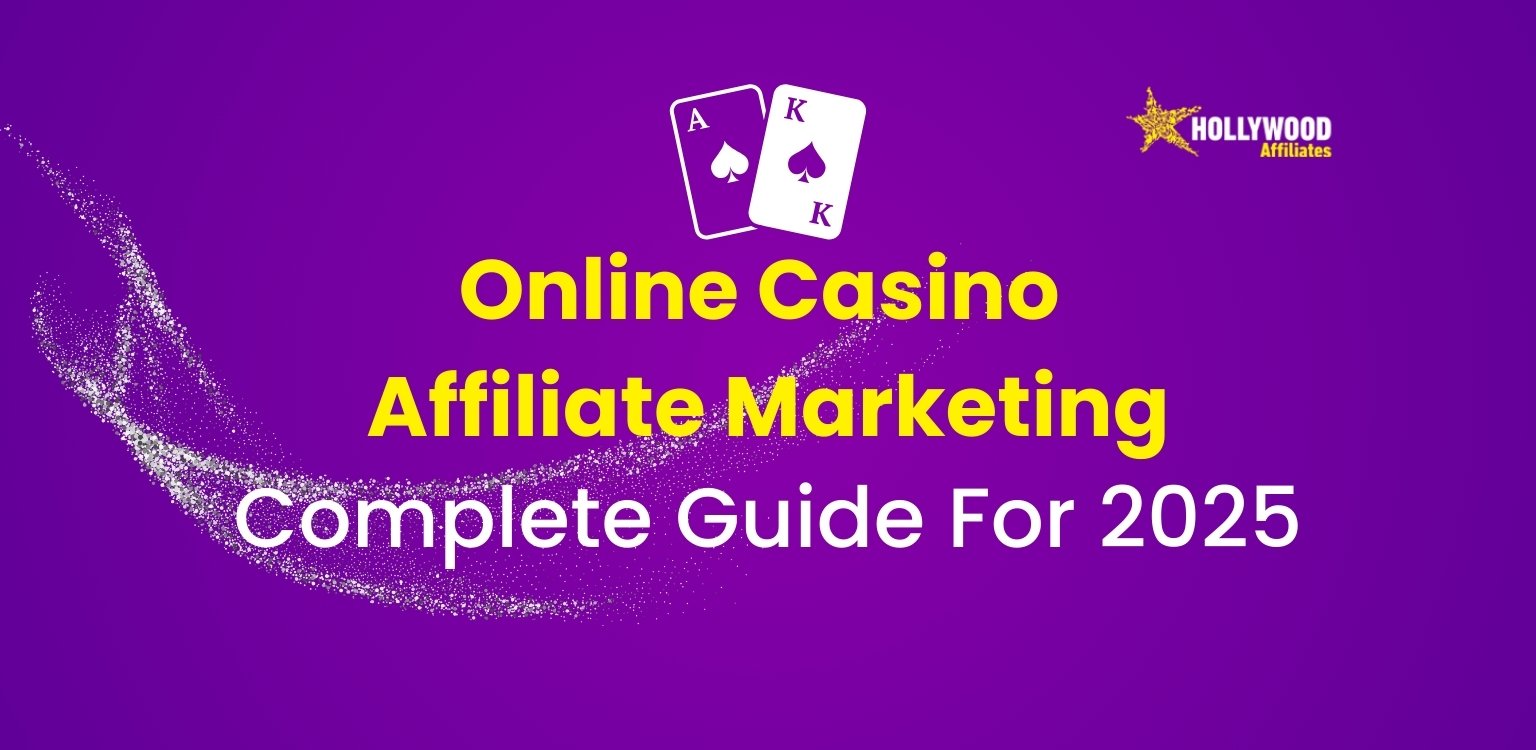How to do Affiliate Marketing on Facebook: 2025 Step-by-Step Guide
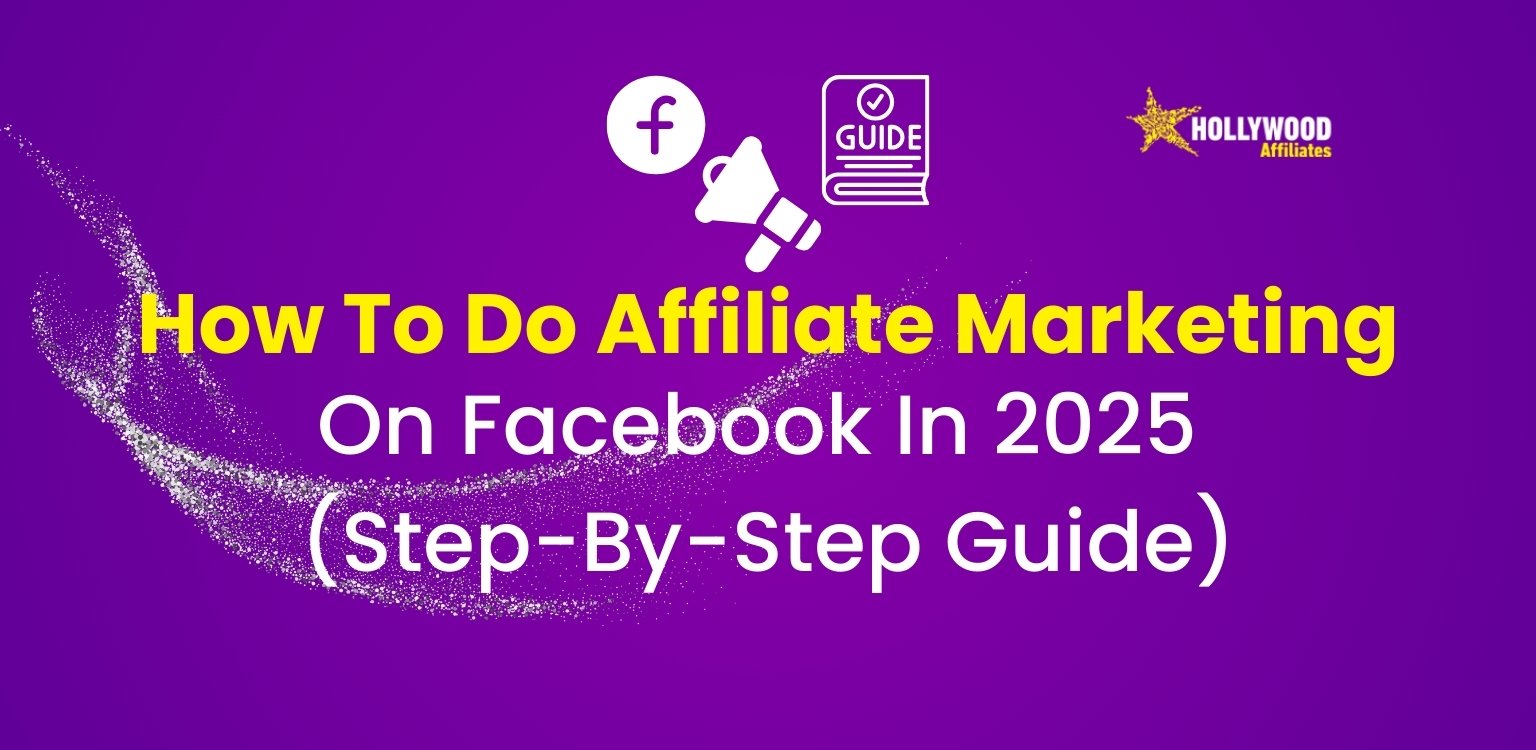
Table of Contents
How to do affiliate marketing on Facebook
Successful affiliate marketers understand the importance of building relationships rather than just focussing on sales and promoting products. On Facebook this is particularly important as the site’s algorithms favour authentic engagement and frown upon overly promotional posts, so focussing on becoming a trusted advisor will help you to engage with potential customers.
Step 1: Choose a focus area
There is a lot of information out there – and to succeed, you have to stand out from the crowd. The best way to achieve success is to find a niche and target that specific audience. Popular sectors that traditionally perform well are health and fitness, along with technology advancements, online education and finance activities.
But instead of chasing after the fitness category as a whole, try to narrow your focus to a more precise niche like “fitness training for women in menopause.” This way you have a better chance of standing out as an expert and attracting a target audience.
Whatever you choose, it’s important to be familiar with the subject and to assess if there is demand for the product or service. Once you establish that, then see if there are any affiliate marketing programs that offer commissions. If your answer is “yes”, you are ready for step two.
Step 2: Set up a Facebook page
Using your personal profile for affiliate marketing can cause problems as Facebook could see this as spam, so rather create a Facebook Page or Group to attract the right target audience. Both are free to set up and they give you access to insights and promotional tools that personal profiles don’t offer.
A Facebook Page is a business profile where you can share posts, articles and videos. This gives you complete control over the content that you post and what ads you want to run.
A Facebook Group is a community where members discuss topics related to your niche. Because the discussions encourage interaction, groups often reach more followers.
Top tip: To make the most out of Facebook, set up your business page as your hub and create a group to build connections in your community. And remember:
- When creating a page, choose a catchy name that reflects your niche
- Use a top-quality profile picture to represent your brand
- Include keywords that will help Facebookers find you in searches
If you’re not too sure how to set-up a Facebook business page read more here.
Step 3: Develop valuable content
With the right Facebook marketing strategies, you can outshine your competition and maximise your ability to reach prospective customers.
Before you put pen to paper, so to speak, ask yourself “What do I want to gain from having my Facebook page? How do I intend to use my page as a marketing platform to appeal to the audience I want to reach?” The more you plan your specific goals, the easier it will be to plan and manage your campaigns.
When you start out, don’t be pushy about promoting your affiliate links. Think about how you feel when you can’t skip a Facebook ad and all you want is to get back to watching your video. The same is true to affiliate marketing.
If you want a successful Facebook affiliate business, you must first build a relationship you’re your audience and establish yourself as an authority. That way, when you do post an advertisement, your fans will more open to it because they value your opinion.
So, how do you build up engagement on Facebook?
Top tip: Use the 80/20 rule: 80% of your posts should add value, educate and entertain, while no more than 20% of your posts should be promotional.
With each post, you want to create as much value for your audience as possible to drive traffic to your page. Use informative, entertaining content, post blogs and videos, carousels, and high-quality images that integrate your affiliate links. Steer clear of endorsing banned items or adult content.
Here are some ideas you can use to grow your email list and boost your affiliate marketing business:
- How To: Offer a guide on a topic relevant to your audience’s interests in e-books.
- Engaging questions: Start discussions that resonate with your audience and encourage integration.
- Checklists: Provide a step-by-step checklist that solves a specific problem for your audience.
- Free resources: Share downloadable templates to add value and encourage sign-ups.
- Webinars: Host a live or recorded session providing valuable insights specific to your niche.
- Mini-Courses: Create a short course delivered via email to provide quick value
As an example, see how Fashion Days achieved a 13% increase in return on ad spend catalogue ads in carousel format along with the catalogue product video feature, compared to running its usual ads without the feature HERE.
Step 4: Share affiliate links strategically
Facebook enforces guidelines when it comes to affiliate marketing and failure to adhere to these rules could result in bans or limitations, on your account access.
When sharing affiliate links try to adhere to these recommended guidelines;
- Remember to be open, about it – Let your audience know if you have an affiliate connection (for instance by saying “This article has affiliate links that could earn me a commission without any charge, to you”).
- Utilise shortened and trackable links using tools like Pretty Links or Bitly to monitor performance.
- Consider using the strategy of placing your link in the bio or comments section to adhere to Facebooks guidelines while effectively showcasing your promotions.
- You might want to think about setting up a landing page or blog to send your Facebook visitors to as this will give you control, over how they experience your content and will help you collect email addresses, for future marketing efforts.
Step 5: Expand Your Reach with Facebook ads
Organic Facebook posts will only get you so far. If you want to grow faster and make more money faster you should consider running Facebook Ads. A few targeted ads, you can build an engaged audience in a couple of weeks.
Best Practices to leverage Facebook Ads:
- Create Compelling Ad Copy: Focus on your audience’s needs and how your offer addresses them. Use a clear call-to-action (CTA) that guides them on what to do next.
- Use Eye-Catching Visuals: Use high-quality images or videos to grab attention and stop the doom scroll.
- A/B Testing: Run different ad variations to see what resonates best with your audience. Test elements like headlines, images, and CTAs to optimise performance.
- Optimise Landing Pages: Make sure your landing page is relevant, user-friendly, and aligned with the ad’s message.
Top Tip: The policies surrounding affiliate marketing on Facebook mean you can’t promote direct affiliate links. Only use Facebook Ads to grow your audience or send traffic to a blog post that has affiliate links. Remember to aways include an Affiliate Marketing Disclaimer to disclose affiliate marketing activities.
Step 6: Monitor Performance
Utilise Facebooks analytic tools like ads manager to monitor and analyse your performance. This will help you to understand what kind of posts receive the best interaction, what kind of content attracts the most affiliate clicks, on what days your audience is most engaged and which products or services yield the best results in terms of conversion rates.
After reviewing your findings, consider modifying your approach to enhance conversion rates by adjusting the mix of content or refining how you showcase affiliate promotions or targeting for ad campaigns.
When it comes to affiliate marketing on Facebooks remember that it’s more of a long-term game than a quick win situation, but it will stand the test of time! Try it today.
Conclusion
To recap, if you want to be successful with Facebook affiliate marketing, you need to do the following:
- Create a community (Facebook page or Facebook group).
- Attract organic likes and follows with value-added content.
- Promote your posts or page with a Facebook Ad campaign to grow faster.
- Build relationships with Facebook users and create valuable resources.
- Promote your affiliate links on Facebook by creating a piece of content you own and sharing it.
Frequently Asked Questions (FAQs):
Q. Does Facebook allow affiliate marketing?
A. Yes. Facebook does have some guidelines when it comes to affiliate marketing so make sure you comply with these to maximise success.
Q. Is Facebook a good place for affiliate marketing?
A. Facebook is an excellent platform to grow your affiliate income, but you’ll need to focus on building rapport and trust for long-term success.
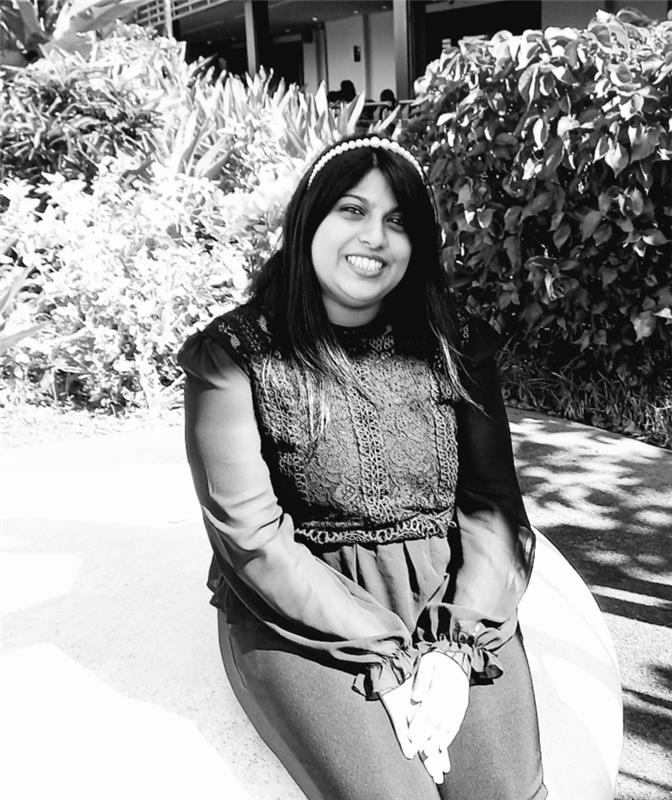
Jadine Veeran
Affiliate Marketing Coordinator
Bringing strategic affiliate marketing expertise backed by real-world digital marketing experience. Skilled in Digital Asset Management, content creation and social media strategy. A versatile storyteller with talents in copywriting, blogging, radio presenting and scriptwriting ready to turn ideas into powerful, engaging content that connects.


